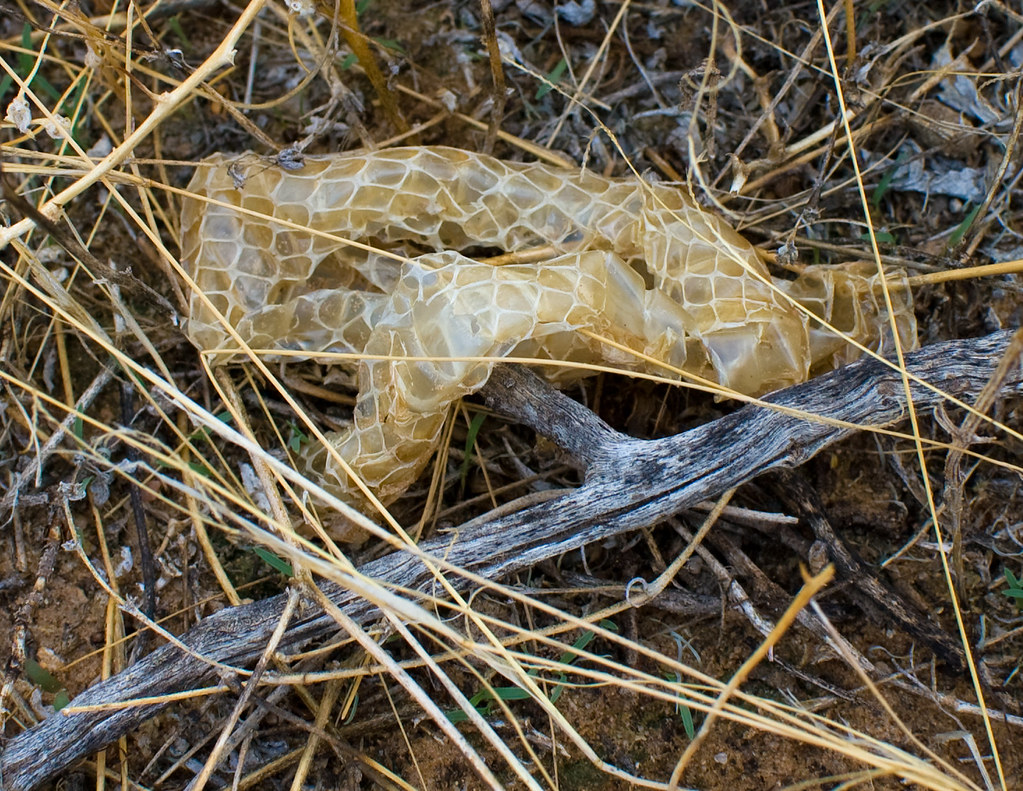The mysterious process of snake shedding, scientifically known as ecdysis, often results in one of nature’s most fascinating artifacts: a complete, intact snake skin that perfectly preserves every scale and detail of its former owner. Unlike many other animals that shed their skin in patches or flakes, certain snake species can slip out of their old skin in one continuous piece, leaving behind what looks like a ghostly replica. This remarkable phenomenon has fascinated herpetologists, pet owners, and nature enthusiasts alike. From the biological mechanisms that make this possible to the environmental factors that influence successful shedding, the story behind these perfect shed skins reveals much about snake biology, health, and adaptation.
The Biological Process of Snake Shedding
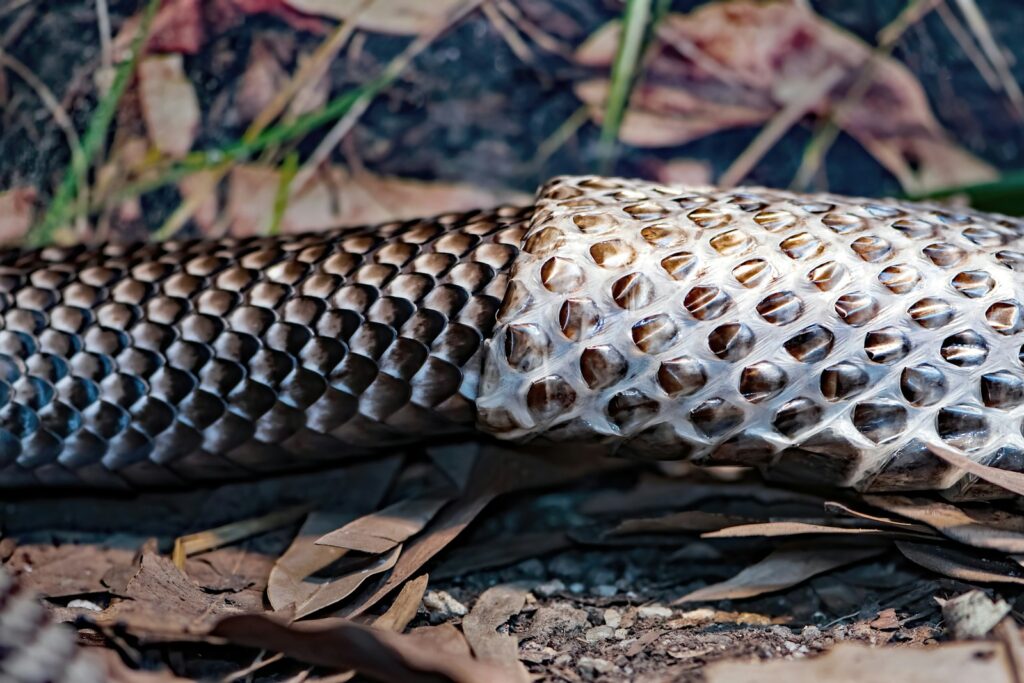
Snake shedding is fundamentally different from the continuous, often invisible skin renewal that mammals experience. Instead of shedding cells gradually, snakes periodically replace their entire outer skin layer in a coordinated process. This begins when the snake’s body produces a new layer of skin underneath the old one. Specialized cells between these layers release enzymes that separate the old skin from the new, creating a fluid-filled space. As this process completes, the snake’s eyes become cloudy—a condition called “blue phase” or “being in blue”—as the transparent eye caps also prepare to be shed. This comprehensive, whole-body approach to skin renewal is what makes it possible for the entire skin to come off as a single unit, rather than in fragments.
The Perfect Shed: A Matter of Anatomy
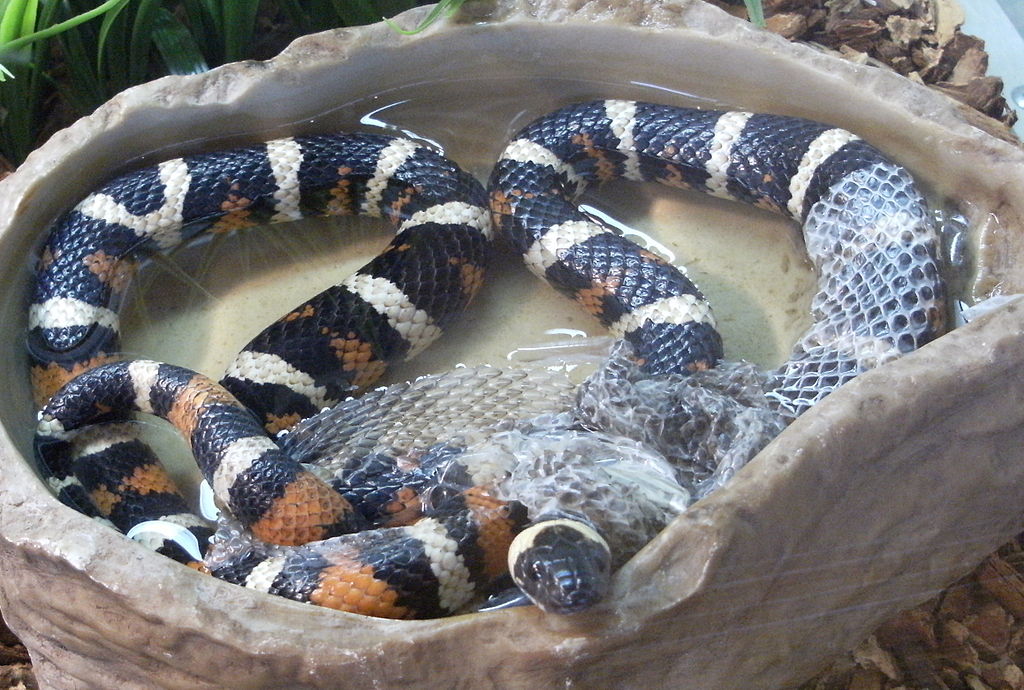
The ability to shed in one piece is largely attributable to snakes’ unique anatomy. Unlike mammals with fur or birds with feathers, snakes have overlapping scales that form a continuous surface across their body. These scales are extensions of the epidermis, not separate structures attached to the skin. When a snake sheds, the entire epidermal layer, including these scales, comes off as one integrated piece. Furthermore, snakes possess specialized scales around their lips called rostral and labial scales that help initiate the shedding process. These scales often begin to loosen first, allowing the snake to rub against rough surfaces and create an opening that it can then use to peel the skin forward, essentially turning it inside out as it moves.
The Role of Humidity in Perfect Sheds
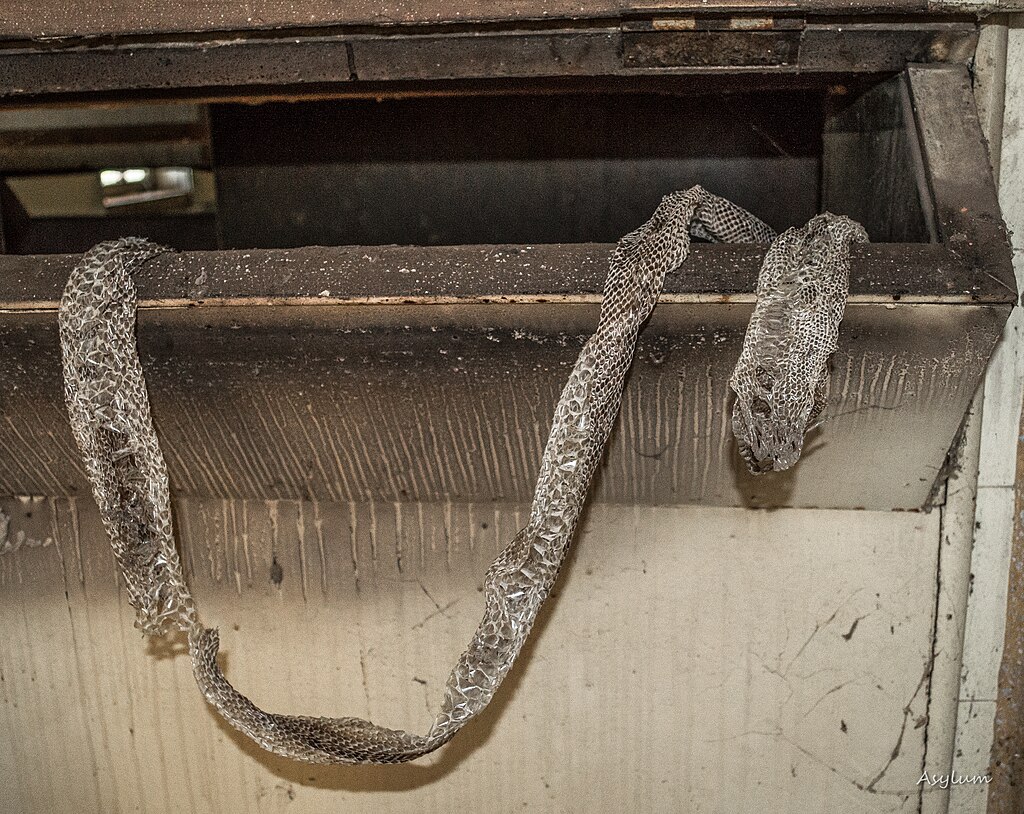
Humidity plays a crucial role in determining whether a snake will achieve a perfect shed or experience complications. Proper moisture levels keep the old skin pliable and easier to remove in one piece. In the wild, many snakes will seek out humid microenvironments or even soak in water bodies when preparing to shed. Species native to humid environments typically have less difficulty shedding than those from arid regions, though all snakes have evolved mechanisms to cope with their native humidity levels. In captivity, providing a “humidity box” filled with damp sphagnum moss or raising the enclosure’s overall humidity during shedding time can significantly improve the chances of a complete shed. When humidity is too low, the shed skin becomes dry and brittle, often breaking into pieces during removal.
Species Variations in Shedding Success
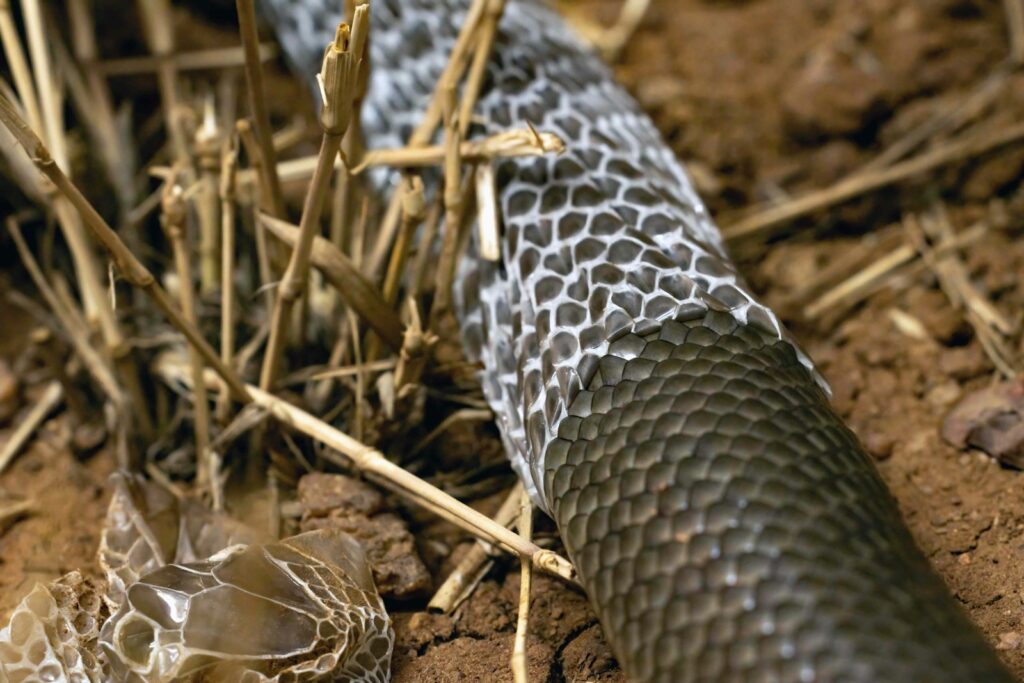
Not all snake species are equally adept at producing perfect sheds. Boas, pythons, and many colubrids like corn snakes and king snakes are renowned for their ability to shed in one piece when conditions are optimal. These species often have relatively smooth scales and body shapes that facilitate the sliding-off process. In contrast, snakes with more pronounced keeled scales (scales with ridges) or specialized body shapes, such as the rough-scaled viper or the tentacled snake, may find complete shedding more challenging. Additionally, aquatic and semi-aquatic species like water snakes often experience particularly successful sheds due to their naturally humid environment and the lubricating effect of water. These differences highlight how shedding adaptations align with each species’ ecological niche.
The Shedding Behavior Ritual

When preparing to shed, snakes undergo notable behavioral changes that facilitate the process. Most species become less active and may refuse food, conserving energy for the demanding process ahead. As shedding time approaches, snakes seek out rough surfaces to create the initial tear in their skin, often focusing on their head region. They may rub their snouts against rocks, branches, or other textured items in their environment. Once the skin begins to separate, snakes perform a remarkable behavior of essentially crawling out of their old skin, using their body’s movement to pull the skin backward along their length. This methodical process, when executed perfectly, results in the shed skin being inverted – turned inside-out – as it comes off in one continuous piece from nose to tail tip.
Health Indicators in Shed Skins

A complete, intact shed provides valuable information about a snake’s health status. Veterinarians and experienced keepers often examine shed skins for signs of parasites, injuries, or disease. Missing sections or patches in a shed can indicate skin infections, scarring, or other health issues in the corresponding areas of the snake’s body. The eye caps, transparent scales that protect the eyes, should come off with the rest of the shed; retained eye caps can lead to vision problems and infections if not addressed. Even the pattern of the shed skin can reveal growth inconsistencies or nutritional deficiencies in some cases. For this reason, many snake owners save shed skins, at least temporarily, to monitor their pet’s health over time.
The Growth Connection to Shedding

While all snakes shed periodically throughout their lives, shedding frequency is closely tied to growth rates. Young, rapidly growing snakes may shed every few weeks as they quickly outgrow their skin. This accelerated schedule means juvenile snakes often become quite skilled at shedding efficiently, frequently producing perfect sheds. As snakes mature and their growth slows, the time between sheds lengthens considerably, with most adult snakes shedding only a few times per year. Interestingly, the slower, more deliberate shedding process of adult snakes sometimes results in more complete sheds than the rushed process of rapidly growing juveniles. Growth-related stretching of the skin before shedding may also help create the tension needed for the skin to come off in one piece.
Environmental Factors Beyond Humidity

While humidity receives the most attention, other environmental factors also influence shedding success. Temperature plays a significant role, as proper heat levels are necessary for the snake’s metabolism to effectively manage the shedding process. Too cold, and the enzymatic separation of skin layers slows down; too hot, and the skin may dry out too quickly. Environmental stress from excessive handling, inappropriate enclosure conditions, or frequent disturbances can also disrupt normal shedding patterns. Even the availability of appropriate surfaces for creating friction is crucial – captive snakes without access to rough objects may struggle to start the shedding process effectively. In the wild, these factors naturally align with the snake’s behavior and habitat selection during vulnerable shedding periods.
When Perfect Sheds Go Wrong

Despite the elegant design of the shedding process, complications can and do occur. The most common problem is dysecdysis, or incomplete shedding, where portions of the old skin remain attached to the snake. This typically happens due to inadequate humidity, poor health, or nutritional deficiencies. Particularly concerning are retained eye caps and tail tip sheds, which can restrict blood flow or lead to infections if not addressed. Some snakes also experience abnormal shedding cycles, shedding too frequently or infrequently, which may indicate underlying health issues. In severe cases, shedding problems can create a dangerous cycle where each incomplete shed makes the next one more difficult, potentially leading to serious complications if not corrected with proper husbandry adjustments.
Assisting the Shedding Process

When conditions aren’t ideal, snake owners sometimes need to intervene to ensure successful shedding. The most common assistance method involves creating a controlled humid environment, often by providing a “shedding box” with damp sphagnum moss or paper towels where the snake can retreat. Warm water soaks in a shallow container can also help soften stubborn shed skin. For minor retained sheds, gently rubbing the affected area with a damp cloth may help remove the skin without damaging the new layer underneath. However, experts caution against forcibly pulling stuck shed, especially around sensitive areas like the eyes, as this can cause injury. For serious shedding issues, particularly those involving retained eye caps, professional veterinary assistance is recommended to ensure safe removal without damaging delicate tissues.
The Scientific Value of Shed Skins

Perfect shed skins serve as valuable scientific specimens that offer insights without requiring the capture or disturbance of live snakes. Researchers can extract DNA from shed skins to study population genetics, identify species presence in an area, or even track individual snakes over time. The intact scale pattern allows for species identification and sometimes individual recognition, making shed collection an important non-invasive monitoring technique in conservation studies. Scientists also examine shed skins to detect environmental toxins that may have accumulated in the snake’s tissues, using them as bioindicators of ecosystem health. In some cases, shed skins have even led to the discovery of previously unknown snake populations or species, highlighting their value in biodiversity research.
Cultural Significance of Snake Sheds
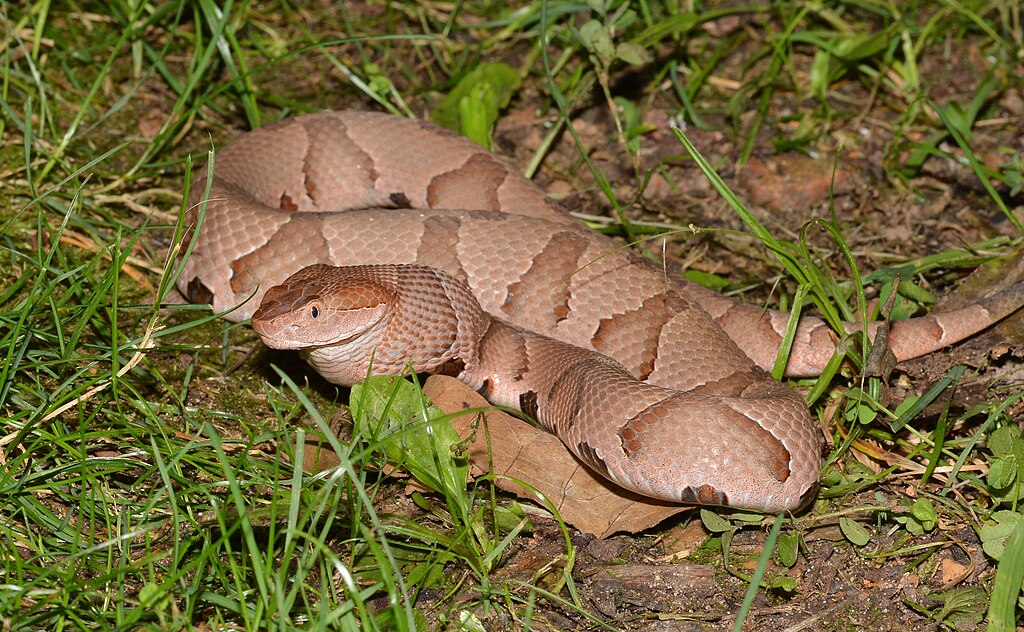
Throughout human history, snake shed skins have held cultural and symbolic significance in many societies. In several Native American traditions, shed snakeskins represented renewal, transformation, and healing, sometimes being incorporated into medicine bundles or ceremonial objects. Some Asian cultures consider finding a perfect shed skin to be a sign of good fortune or protection against evil. Traditional medicine systems, including aspects of Chinese medicine, have utilized snake sheds for various treatments, though scientific evidence for their efficacy is limited. Even today, perfect snake sheds are collected by enthusiasts for display, crafts, or educational purposes, with some artists creating intricate works using preserved shed skins. This cultural fascination extends the significance of perfect sheds beyond their biological importance.
The remarkable ability of snakes to shed their skin in one perfect piece represents one of reptile evolution’s most elegant adaptations. This process, while seemingly simple on the surface, involves complex biological mechanisms, specific behaviors, and precise environmental conditions to execute successfully. For snake enthusiasts and biologists alike, a perfect shed provides both an aesthetic marvel and a window into the health, growth, and life history of these remarkable reptiles. Understanding the factors that contribute to successful shedding not only helps us better care for captive snakes but also deepens our appreciation for the sophisticated solutions that nature has evolved for the challenge of growth within a rigid external covering. As with many aspects of natural history, what appears at first glance to be a simple curiosity reveals itself, upon closer examination, to be a fascinating story of adaptation and biological precision.

